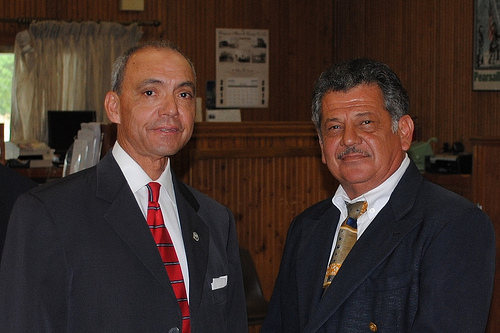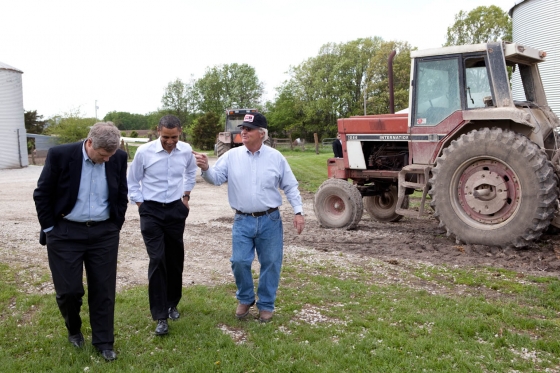By Ken Stribling, Public Information Coordinator
Last Saturday, a massive tornado nearly a mile wide ripped through central Mississippi, killing ten people and injuring scores of others. Hardest hit were Choctaw, Holmes and Yazoo Counties. Hundreds of Mississippi families lost their homes, businesses, and farms.
One of the first public officials on the scene after the tornado passed was Mississippi’s USDA Rural Development State Director Trina N. George. On Saturday, she traveled from her home and linked up with local USDA Rural Development personnel in Yazoo County, arriving about an hour after the tornado had passed through. She was joined by the mayor of Yazoo City, MacArthur Straughter.
“My immediate thoughts were on how USDA Rural Development could help with this matter,” said George. “I was quickly able to go to the hardest hit area and survey the actual damage. Because of being able to see the damage, my thoughts on our agency’s potential response were subdivided into three categories: one, we needed to be a part of the immediate relief efforts, including helping folks who are displaced from their homes find immediate shelter; two, we should help with the mid-term relief by assessing the damage to USDA Rural Development community investments such as single-family homes, our multi-family units, our self-help homes, and the water and wastewater systems we have helped finance and grow; and three, we needed to be a part of the long-term relief by making sure that people in the affected areas know about the availability of our programs, especially our single-family home loan programs, so that they can rebuild their homes and businesses and continue to have clean water.”
Ms. George is assembling what will be a full-court press for relief and to make sure that the resources at USDA Rural Development are fully mobilized to help the damaged areas and their people. She is working with state, area, and local USDA staffers who are veterans of the last big wind to blow through Mississippi: Hurricane Katrina. She has the goodwill of the USDA national office. “I have been in constant contact with USDA and other federal offices in Washington since Saturday,” said George. “This is the biggest disaster to hit Mississippi since Hurricane Katrina, and I want to make sure that we know all of our resources and that we leave no stone unturned.”
After touring Yazoo County, George surveyed the damage in nearby Holmes County. “In Holmes County, I was able to not only see the physical damages, but I was able to listen to some of the actual victims, many of whom had lost everything,” said George. “One person removed his sunglasses to show me where he was struck by debris hurled from the tornado.”
Many homes, including ones financed by USDA Rural Development, were destroyed or damaged by the tornado. In Yazoo County, a USDA Rural Development Self-Help Housing development was severely damaged. Nine USDA-financed homes, including five that were completed in June 2009 and four that were almost finished, were completely destroyed.
State Director George and USDA’s Multi-family Housing Program staff in Mississippi will be coordinating a rapid response designed to identify and open vacant units for the families who are displaced by the tornado.

State Director Trina George and Yazoo City Mayor Mac Arthur Straughter inspect damages on afternoon after the mile-wide tornado went through Yazoo City.

State Director Trina N. George inspects damages in Holmes County.




